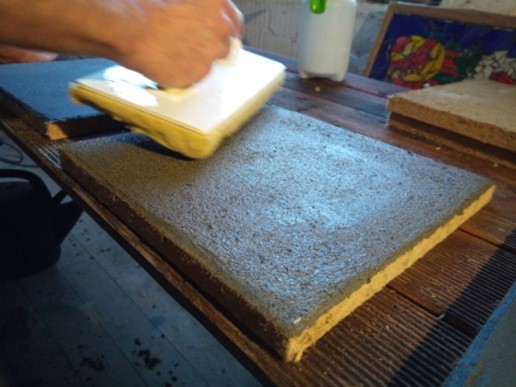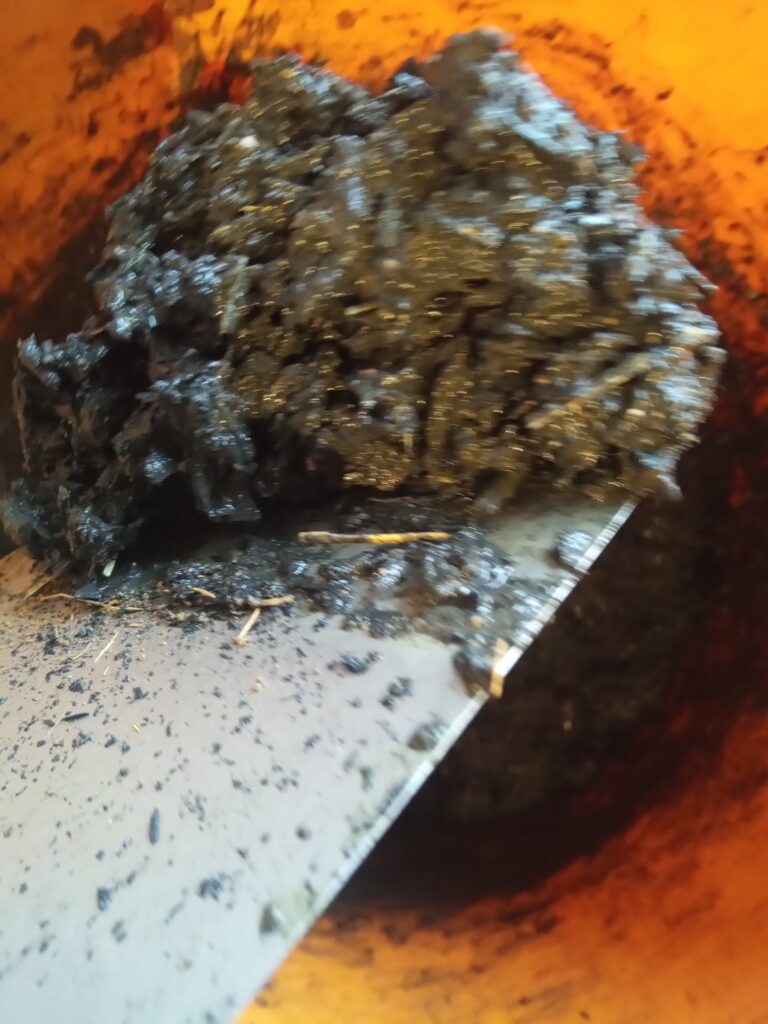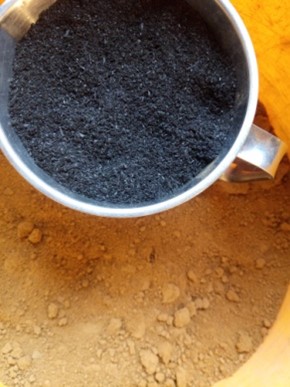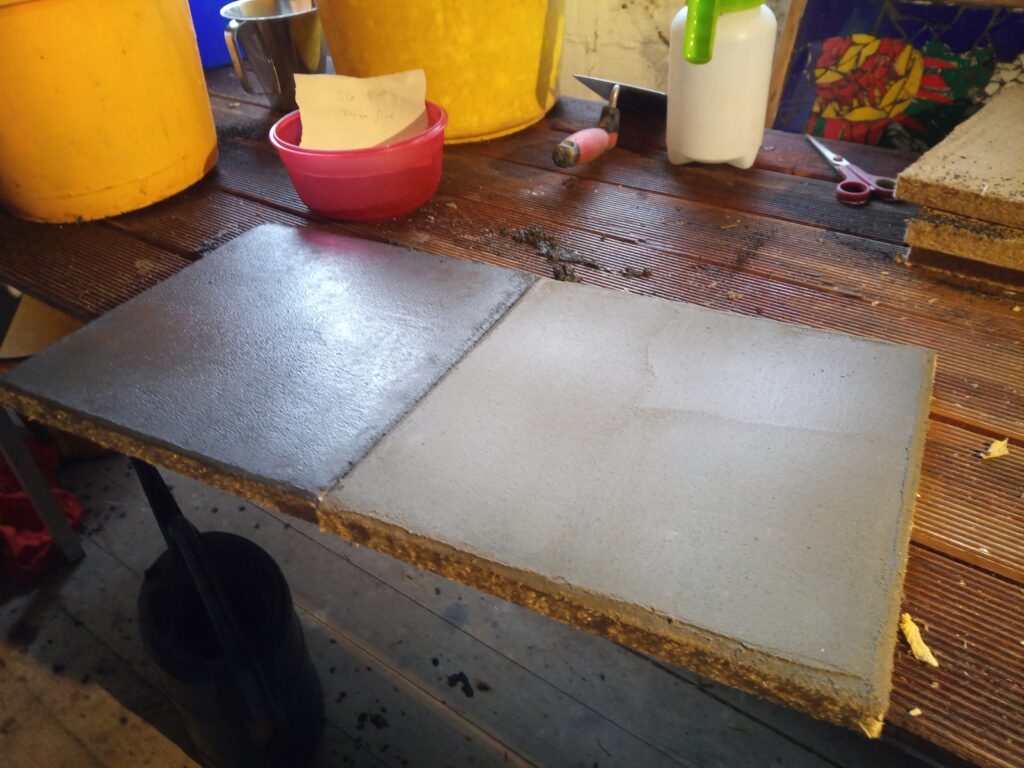Clay Plaster with Biochar

Clay plaster convinces with a pleasant room climate and a great ecological balance – if biochar is added, this is reinforced and further positive effects are added. With a volume fraction of up to 80%, biochar can be used as an additive in clay plaster. This plaster mixture of clay and biochar regulates the humidity in the room, absorbs odors and toxins and even serves as an additional layer of insulation.
- More Info
- Gallery
- Contact
Challenge Tackled
At 38 percent, the construction and building sector is a major contributor to global CO2 emissions. In addition, many finite raw materials are used, which are often transported long distances, and enormous amounts of waste are generated during both construction and demolition. In Germany, this accounts for the largest share of the annual waste volume at 53%.
Target group, beneficiaries or clients
Construction sector, private building owners
Solution
Thus, new solutions for the building sector are needed to reduce the ecological footprint. Clay as a building material already convinces with many arguments: Clay is available almost everywhere and therefore does not have to be transported, since the processing takes place without chemical additives, it can be used again and again or ultimately end up in the garden.
Innovation
The novel combination of clay with biochar makes clay construction even more ecological, as additional CO2 is stored in the house in the long term, and convinces with properties such as anti-mold, low weight, high ability to regulate humidity and additional insulation. The use of biochar can also reduce the amount of sand in the clay mixture – also a finite raw material.
Feasibility/Transferability
The Ithaka Institute in Switzerland has successfully carried out initial construction trials with clay and biochar. The mixture can be used with the usual machines and is therefore user-friendly. Both the application in wine cellars with special requirements for extra high humidity and the use in offices have proven successful. Further applications with, for example, lime plaster in outdoor areas are being investigated.




